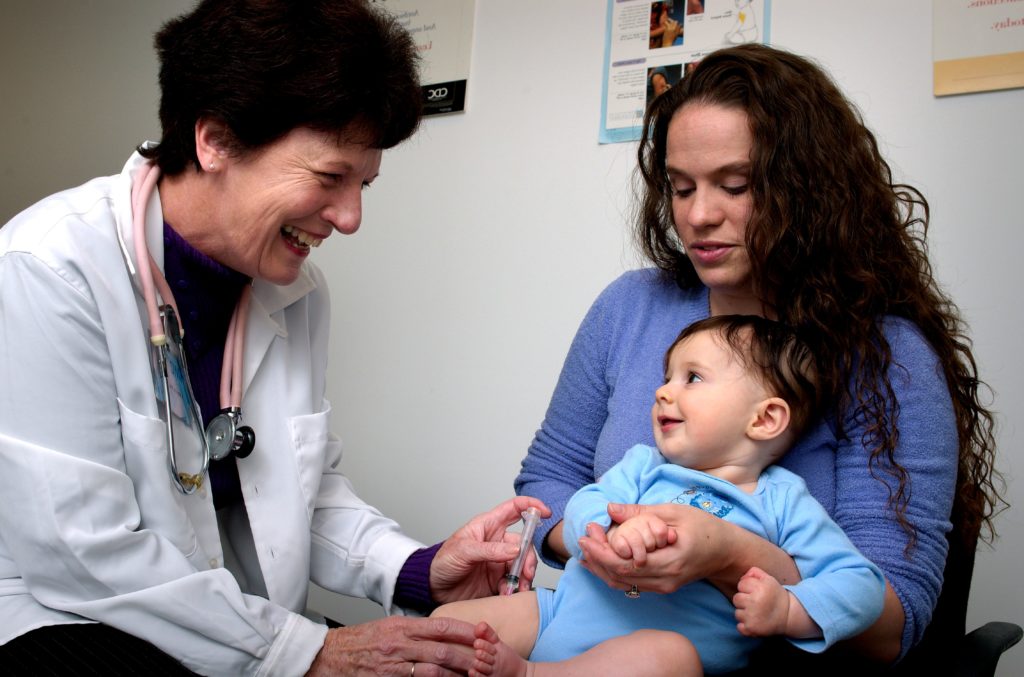A new trial of a tuberculosis vaccine has failed to show efficacy, but an investigation into the practices of the researchers has found evidence of ethical violations. The investigation, by Deborah Cohen of the British Medical Journal, exposes the ways researchers from Oxford University failed to disclose risks and even misled government agencies in order to obtain funding.

The trial, which involved giving an experimental vaccine (MVA85A) as a “booster” to human infants in South Africa, was permitted to go forward based on the researchers’ statements that animal trials of the vaccine had demonstrated its efficacy. The purpose of animal testing, of course, is to ensure that risks and benefits are explored before the drug is given to humans. However, Cohen’s investigation suggests that researchers deliberately downplayed numerous failed animal experiments in order to convince the government that they should go ahead with human trials.
The researchers’ stated that the vaccine was “shown to be safe and effective” based on animal trials. This statement was given to parents, as well as to funding agencies and review boards. However, an analysis of the animal research found that “the data did not provide evidence to support efficacy of MVA85A as a BCG booster. It also raised questions about the design, execution, and reporting of the studies.” In fact, this analysis showed that monkeys given the vaccine were at increased risk of death. The authors suggested that the MVA85A booster might actually make the current vaccine less effective.
According to Cohen, parents of the babies involved in the study were told that the vaccine booster was “safe and effective”—a statement at odds with the increased risk of death and the lack of efficacy demonstrated by the animal trials.
Funders, too, only saw the positive findings. Cohen reviews a presentation to a funding agency, which did not mention the death rates of the monkeys in the trial, and left out other animal data as well. In their response, the original researchers say that the omitted data about safety and efficacy was flawed and that they left it out because it was poorly done research, not because it would have prevented them from continuing to test their dangerous, ineffective booster on humans.
Cohen also suggests that university review boards, which are responsible for ensuring that researchers conduct their work ethically, may not be capable or have the resources to detect this type of misleading ethical violation. If provided with accurate information by honest researchers, review boards are able to provide a check against dangerous research. However, if researchers obfuscate the risks of their intervention, review boards may not be aware of the dangers.
Additionally, review boards that are affiliated with the school at which research is conducted may also be less likely to investigate or act on ethical concerns. The scientist who reported the ethical concerns about these trials in 2007, Peter Beverley, found that his calls for an investigation were ignored. On another occasion, Oxford University reported that the researchers had not crossed any ethical lines, despite the evidence reviewed above. Beverley is critical of this finding since the school’s reputation for conducting ethical research was at stake. He argues that it would be against the school’s best interests to find problems with their researchers’ conduct.
Indeed, since reporting ethical concerns, Beverley has faced bureaucratic difficulties in conducting his own research—roadblocks which, Cohen suggests, might reflect the perils of whistleblowing.
Cohen also argues that increased transparency in research is vital to preventing this type of misleading ethical violation. For instance, she notes that much of the data used by the review boards have been inaccessible. In fact, when Jimmy Volmink, dean of the medicine and health sciences faculty at Stellenbosch University in South Africa, tried to obtain the study protocol or ethical review application from the review board at his own school, he was denied. The British Medical Journal, too, had their requests denied.
Cohen suggests that the most egregious violation is the misleading rhetoric provided to vulnerable parents—individuals of low socioeconomic status in South Africa who hoped to receive a medical benefit for their children. The statements provided to the parents, which included no information about the increased mortality rate in animal trials, and stated that the vaccine booster was “safe and effective” could be considered “a form of exploitation of a vulnerable population.” However, the Oxford researchers, and the ethics committee that reviewed their case, argue that it is not important to include information about deaths in animal trials.
According to Cohen, allowing animal data to be presented selectively, with little public transparency, will likely continue to result in these types of ethical violations. The risk of harm to vulnerable populations is very real when parents are given misleading statements about the safety of the experimental drugs their children will be given.
In the meantime, the debate continues over what constitutes enough evidence to move on to human testing, and what impact negative findings in animal studies might have on the ability to study new drugs in humans.
****
Cohen, D. (2018). Oxford TB vaccine study calls into question selective use of animal data. BMJ, 360. doi: https://doi.org/10.1136/bmj.j5845 (Link)














